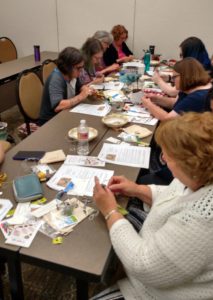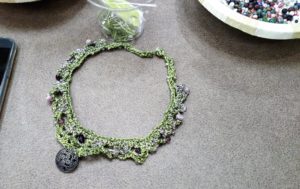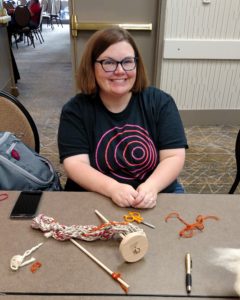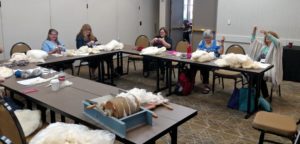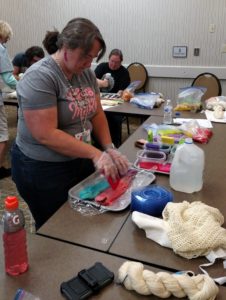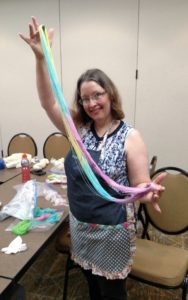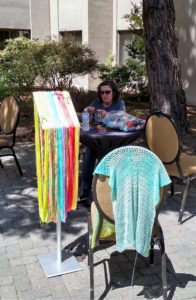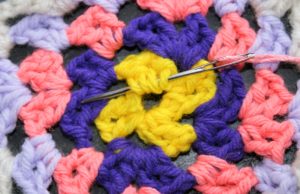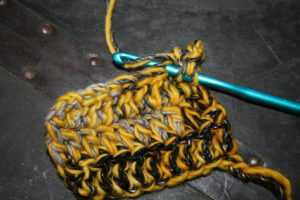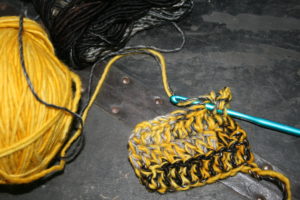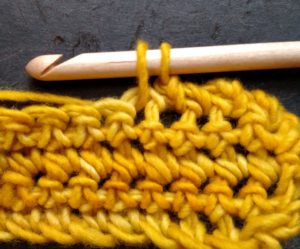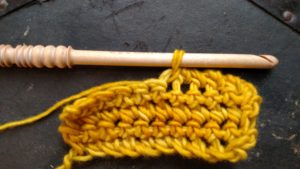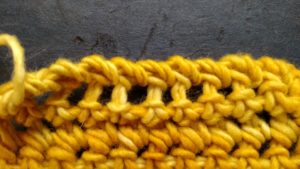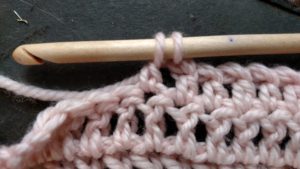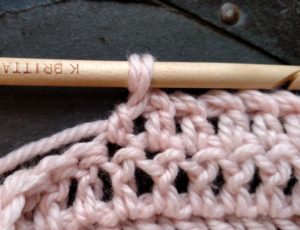Yarn makes such a difference in your crochet. Often when we think of yarn color, or weight, maybe even fiber, but we often do not think about the ply. The ply however can really make a difference in our project.
So, what is ply? Well it helps to understand some basic yarn construction. Yarn is comprised of fibers that are spun together in one direction, this direction can be either clockwise or counterclockwise, the most import think is that all the fibers are spun in the same direction. These spun fibers are now what is referred to as a single, meaning a single strand of yarn.
Singles can be used as a yarn all by its self with no need for plying, but this yarn tends to be a little less stable, and honestly if you have to rip back your work it is not very forgiving. It also has a tendency to pill more in the final project, so something that is getting a lot of use may look aged quickly. However there is a benefit to this yarn, it is evenly round, its “tube” is an even circle.
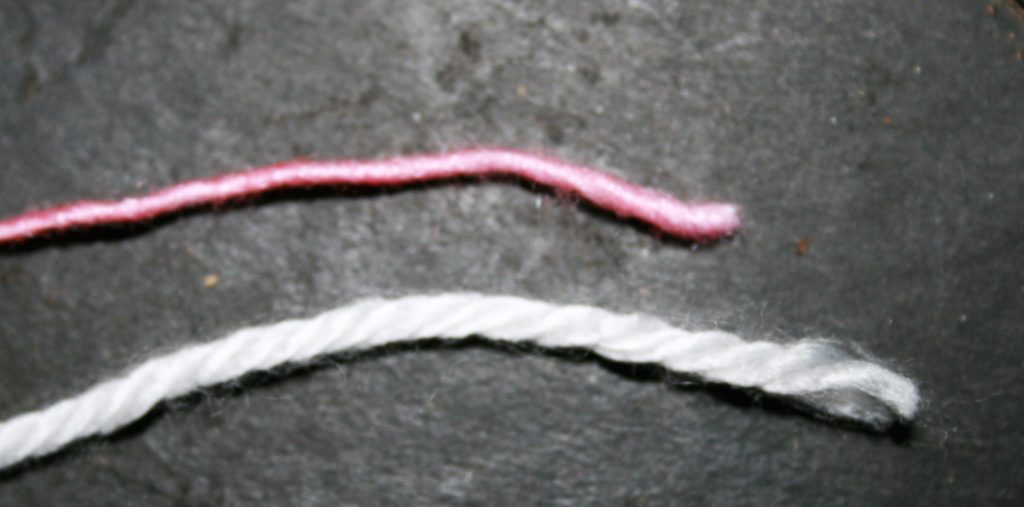
The bottom yarn is a 4 ply yarn, meaning that 4 singles are spun together in an opposite direction from the spin of the singles.
Plied yarns, take multiple singles and spin them together in the opposite direction from the original twist. Meaning that if the single was spun clockwise then the singles would be plied counterclockwise. This tension between the different directions of the spinning help create a stable yarn that holds up well.
So now how can your plies make a difference in your crochet if it is a stable yarn? Well it comes down to how “round” the “tube” is. If you ply two singles together you then have 2 round tubes spin together, the result is not a final “tube” that is really round, it is more flat of oval at best. There is nothing wrong with this, but the rounder the yarn the more stitch definition you have. This can be important when working textural stiches, as a cable stitch may not “pop” as much with a 2 ply yarn, verses a single.
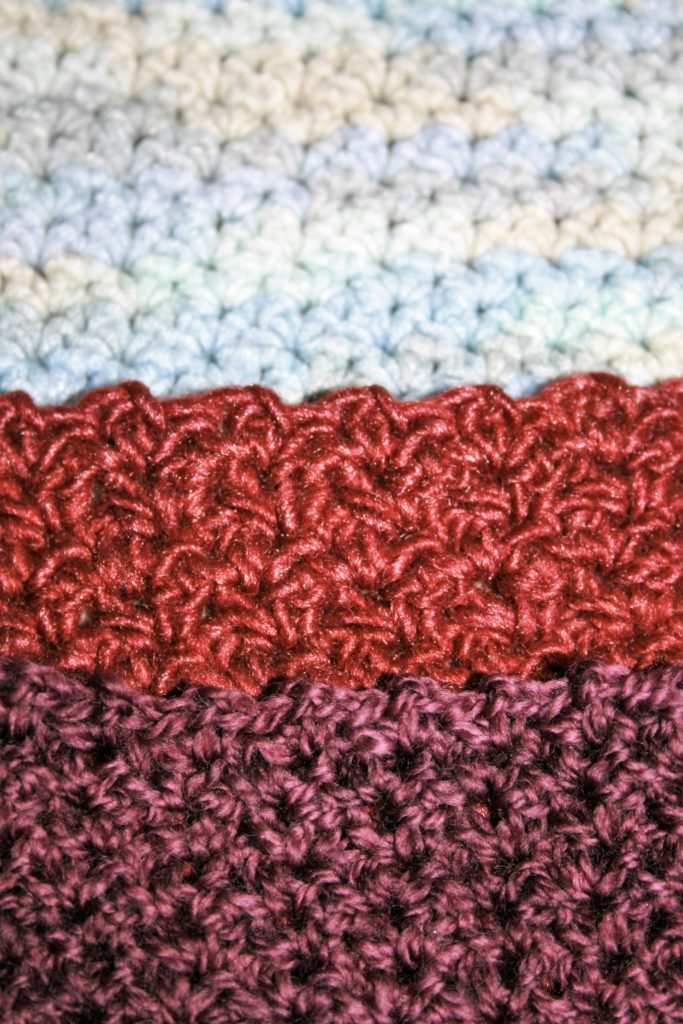
The top swatch is a 6 ply yarn.
The middle swatch is a single.
The bottom swatch is a two ply yarn.
The more plies a yarn have typically the closer to “round” it becomes, while staying more stable. So yarns with a greater number of plies does allow textural stitches to shine more.
In some projects this may not be noticeable, but it is good to know, to ensure your project comes out the way you intend.



